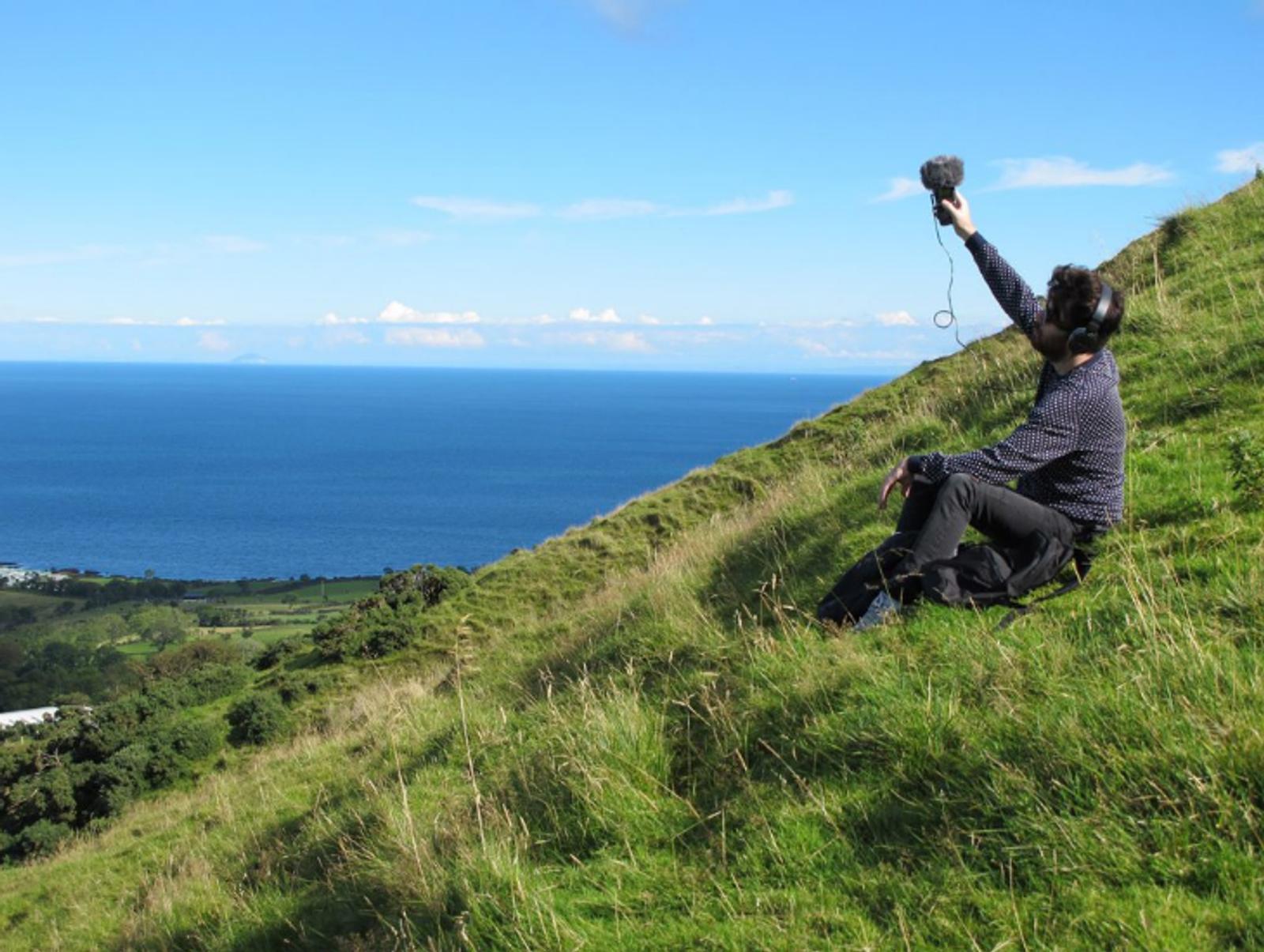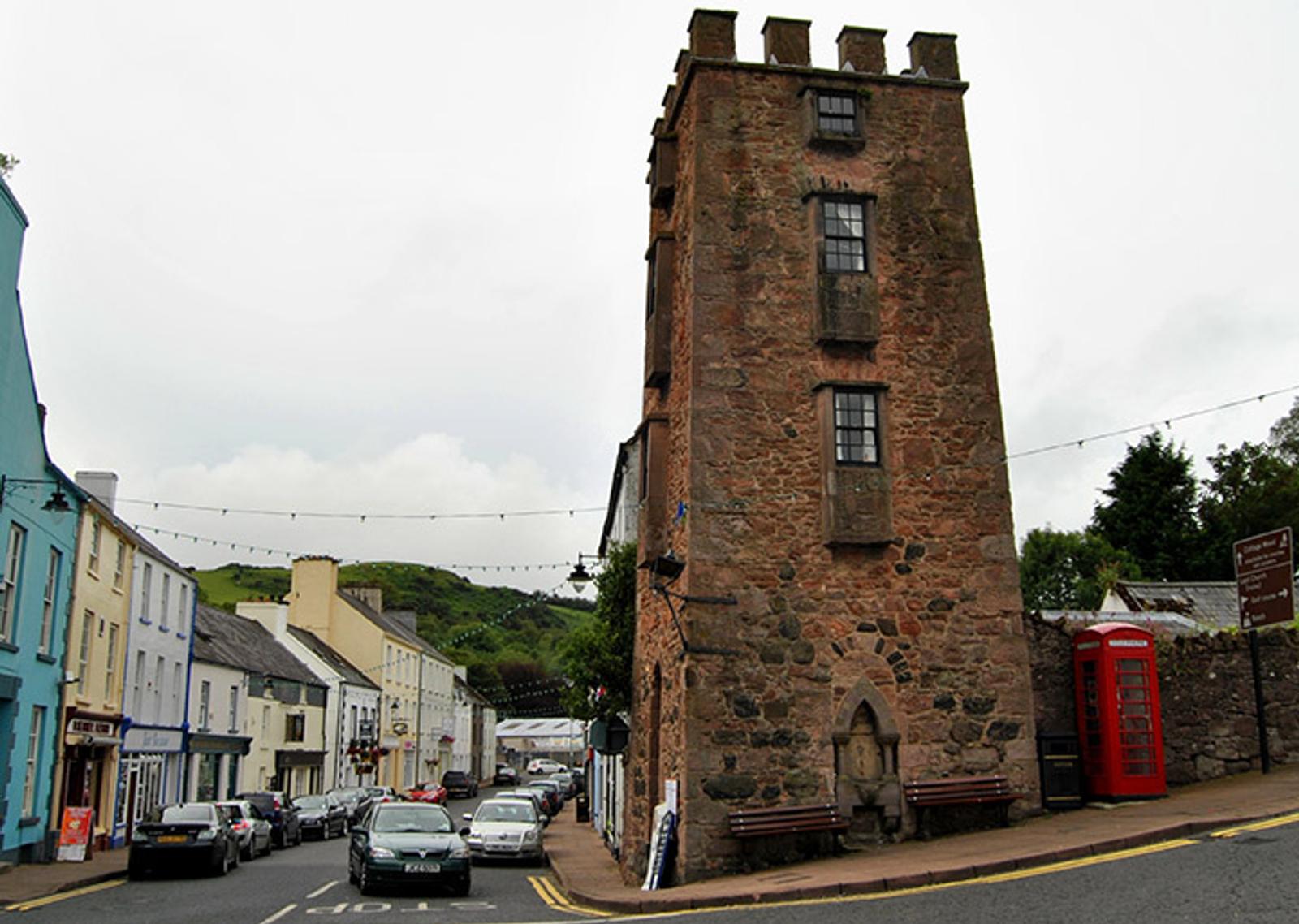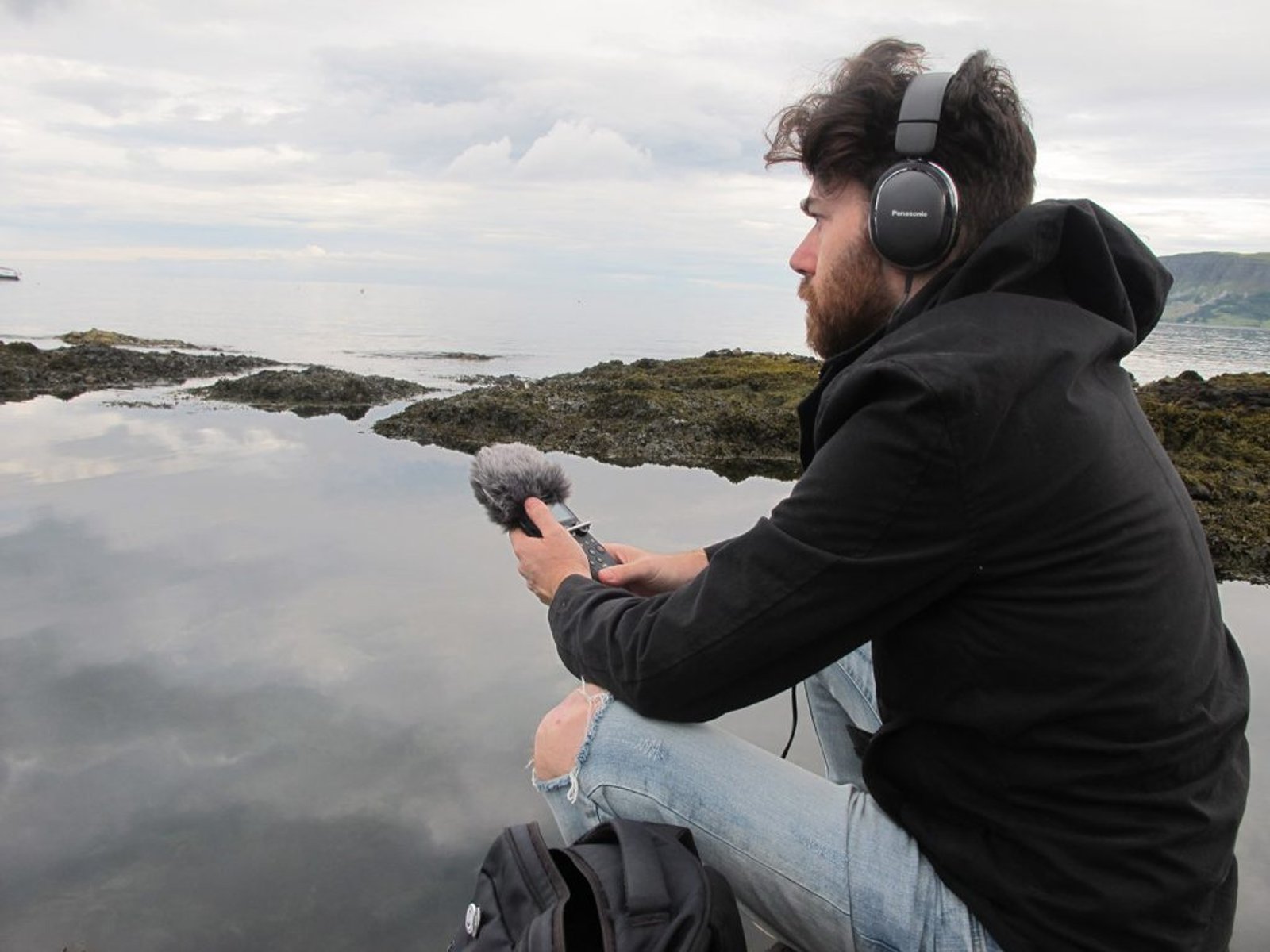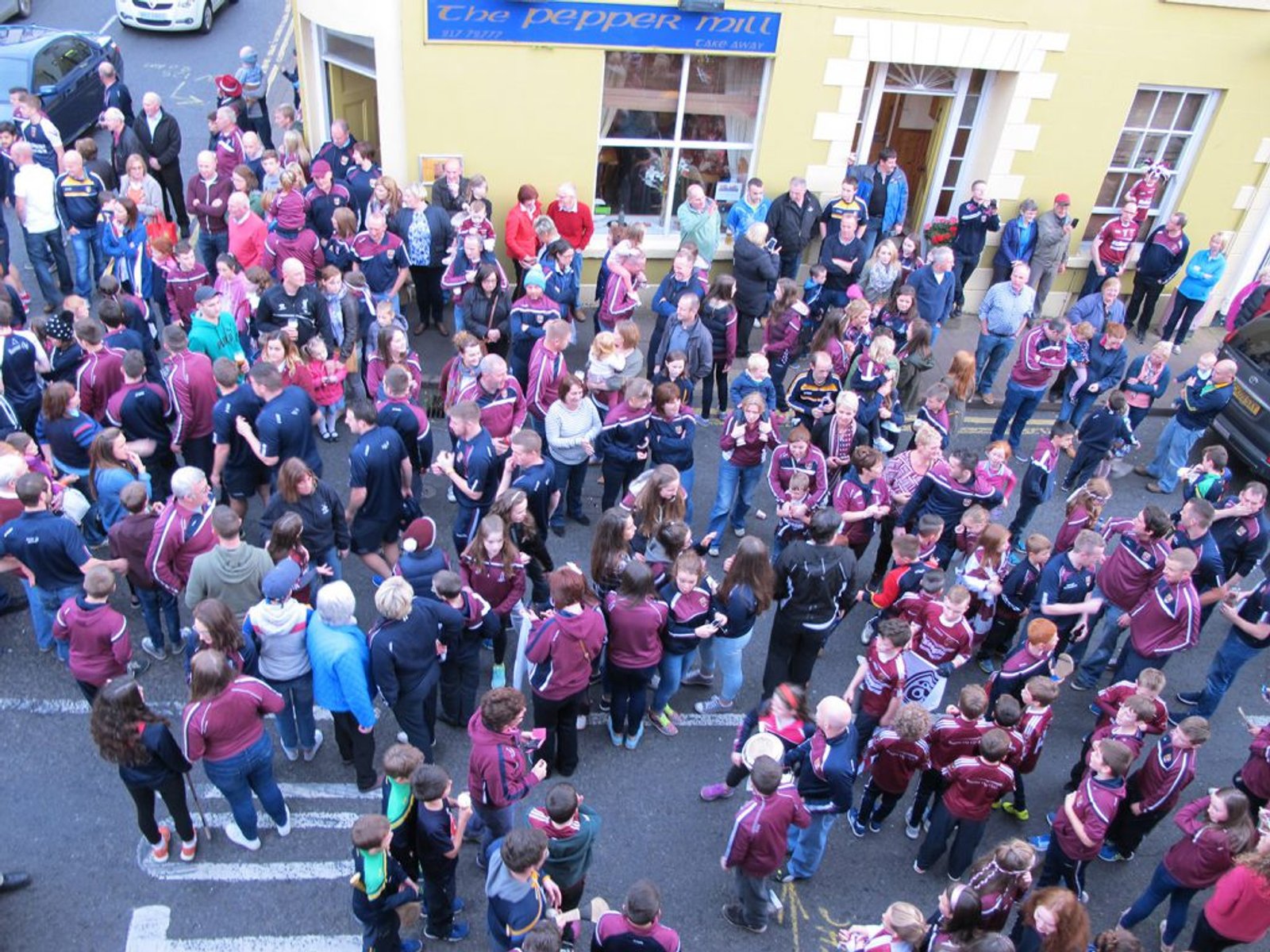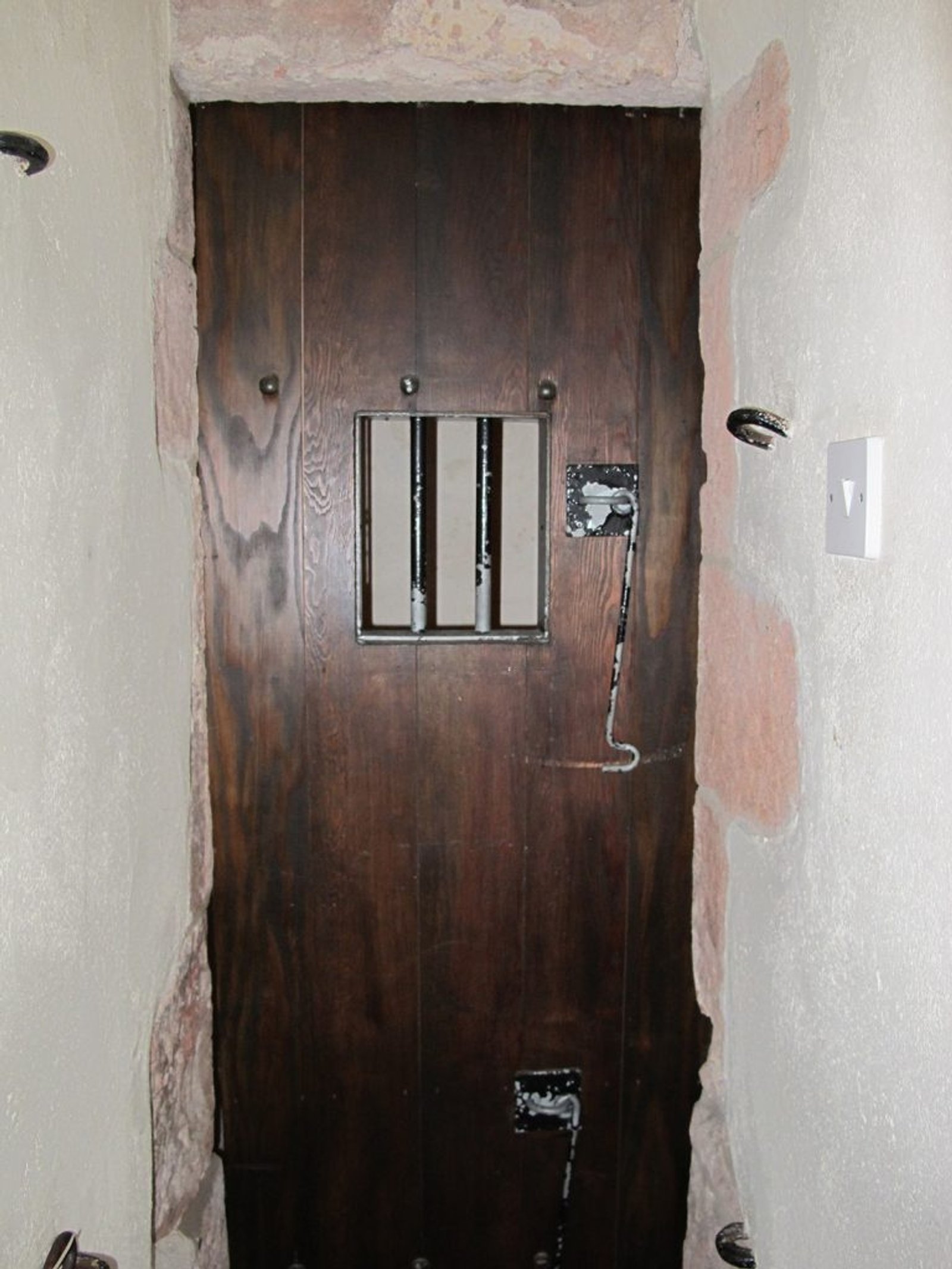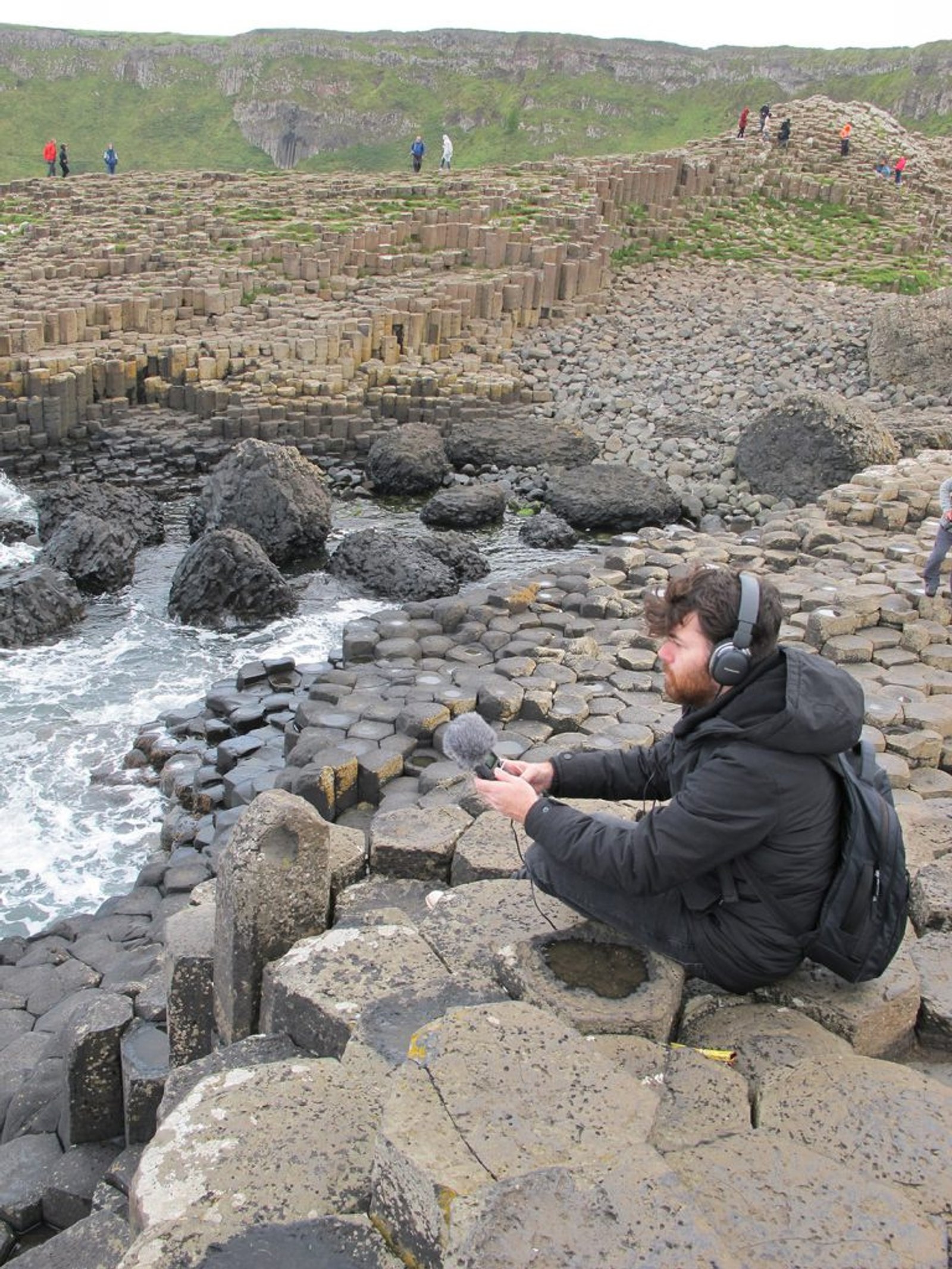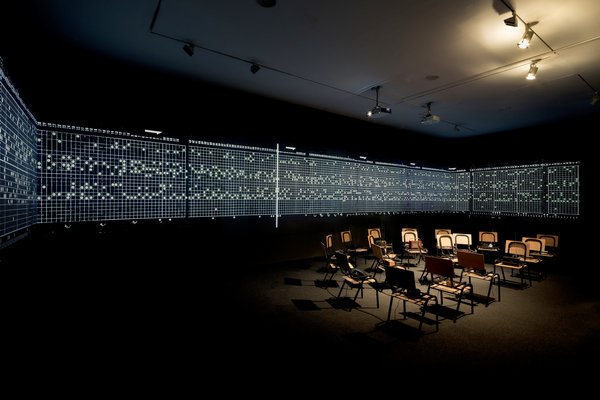Written Interview: Guy Goldstein
This interview, conducted in 2016, was originally published in the Artis Journal blog, a series of essays and artist interviews exploring artistic practice and timely topics in contemporary art from Israel. The Artis Journal blog was active from 2015-2016.
In fall 2015, artist and musician Guy Goldstein traveled to Cushendall, a small town on the Antrim Coast of Northeast Ireland, for a residency at the Curfew Tower. Goldstein had been invited to participate in the residency by Bill Drummond (owner of the residency) and Sagit Mezamer (curator). Goldstein traveled to this remote location to further investigate the relationship between noise and conflict. His residency was supported by an Artis Residency Grant.
The themes of sound, and translation of sound into other media have been part of Goldstein’s body of work over the last couple of years, as seen in his recent exhibitions at "Propagation" at Kunst Werke Institute for Contemporary Art, "Transcription of Blue" at The American Museum in Katzen Arts Center, and "O.R.B." at the Petach Tikva Museum of Art. Goldstein sat down with Artis to share reflections on his residency experience in Ireland, the notion of noise in one of the most quiet places on earth, and his new obsession with the game Hurling.
Tell us about the project.
The project is part of a broad series of works I’ve been doing recently exploring the ‘colors of sound.’ I’ve been trying to translate image to sound and vice versa, a process that is usually based on mathematical or physical data. More recently, I wanted to transition to something more conceptual – something that prompts questions about what is noise, or sound for noise? Living in Israel, I thought it was almost too easy to think about: it is such a ‘noisy’ place, physically and metaphorically, so I felt I couldn’t perform this investigation here. So when the opportunity to travel to a town that close to Belfast, Ireland, a city with a history of conflict, I felt this was my chance. I thought this would bring me closer to the ‘center of the noise.’
How did you feel “your” conflict related to the town’s conflict?
Cushendall is a Catholic town, and until this day, the conflict between Protestants and Catholics in Ireland is felt on every street corner, through people’s stories and traditions. Many of the people I met were part of the IRA and served some time in prison. Also, being the minority, the town’s Catholic population identifies with Palestinians and tries to stay informed regarding the the conflict in the Middle East.
What was your plan for this residency?
The residency took place in a 200 year old 5-story former curfew-tower with an actual disused prison cell inside. I was there, secluded for a month. It was difficult at first, but also forced me to go outside into the neighborhood whenever I could. I was interested in asking people “what is noise for you?” without revealing my research subject. I am drawn to socio-political and cultural structures, and Ireland was a perfect destination, as it’s known for its mythology. The concepts of storytelling, fantasies, and folklore are very much present. In many respects, Western culture hardly penetrated, and this type of cultural existence fascinated me. I was curious to see how this mythological existence, in a very pastoral setting, lies next to ‘noise.’ I recorded sounds of people, nature, street life, live music in the pub, and even the quiet curfew tower. I spoke to residents who shared stories about their experiences, and the conflict. I also recorded the town’s gathering for the local Hurling game.
What is Hurling?
It’s a sport, a game, very much like soccer only using sticks. There are two goalposts, which are very similar to the ones you can see at soccer matches, but also a bit like in American football. It’s a very fast game, the players run through the field hitting a small ball (size of a baseball) passing it with the stick between one another in the air. It’s kind of a mixture of all these other types of games. You can hear and understand what’s going on in the game through the crowd. That fascinated me, how cultural the ‘noise’ is and how much this game is a social happening. This game manifests a lot of philosophies – of fraternity, of togetherness, and the crowd is very direct in its cheers.
What is going to be the end product of the recordings you made during your residency?
It’s going to be part of a concept album with 8 independent tracks sewn together with sound bytes. All the texts in the album were either written in Ireland or later, but inspired by the place or people. In many of the tracks, I incorporated the actual raw recordings of people I met and interviewed, making it sound almost like spoken word, and sometimes like part of the song. I’m envisioning that it will be an experiential work in a listening environment, such as a museum, where people will come to a designated space to hear the album.
All photos courtesy of Guy Goldstein. The artist would like to Thank Raymond Watson, Zippy Kearney and Liz Weir for their tremendous contribution to the project.
